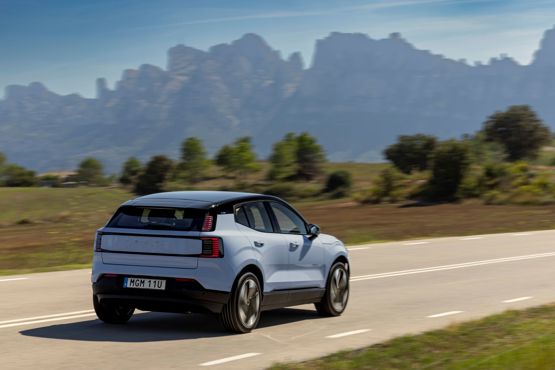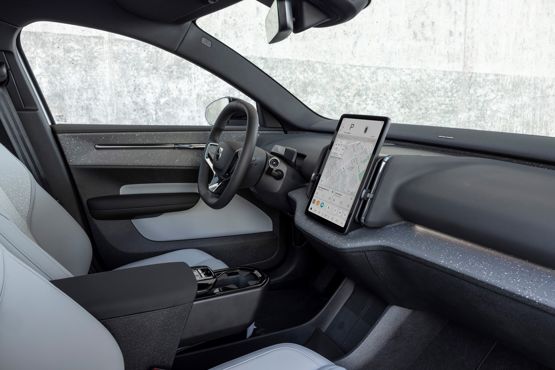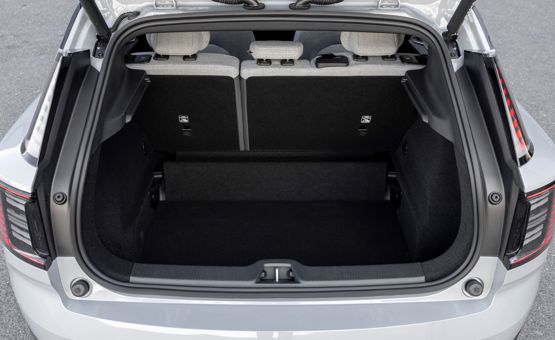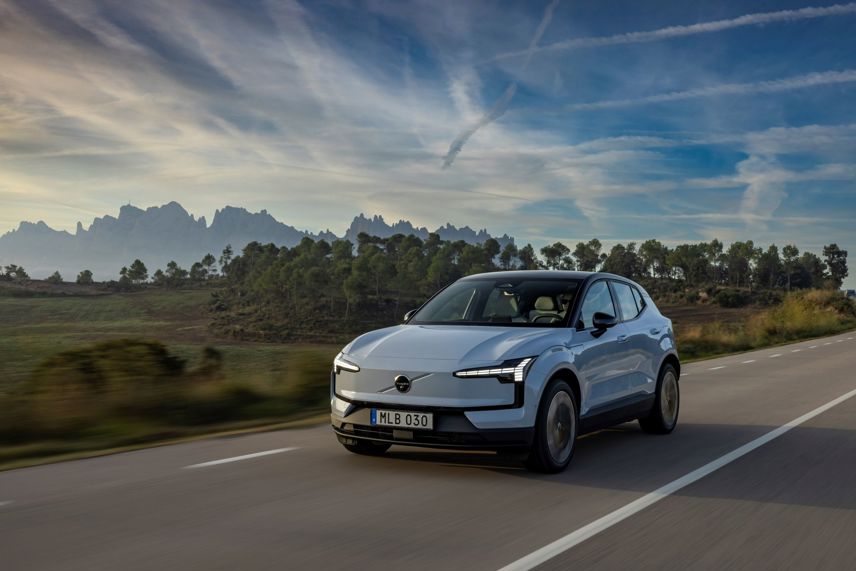Review
Volvo’s rebirth has been significant. The last eight years has seen the brand bring a totally fresh line-up of vehicles to market, establish a place in the premium segment alongside long-standing German marques and commit to some serious electrification ambitions.
With vehicles like the XC60 and XC90 stealing sales from the likes of Audi, BMW and Mercedes-Benz, Volvo is now looking to capitalise on its newfound brand recognition by launching a smaller, cheaper model.
The strategy might sound familiar, with cars like the BMW 1 Series and Mercedes A Class being hot commodities in the UK market.
The EX30, then, gives Volvo a chance to reach a fresh pool of customers. Similarly to the highs it enjoyed when the C30 and then the V40 were proving that Volvo wasn't just for high income adults with two kids and a dog.
Oh, did we mention it’s also fully electric? In fact, the EX30 is the first of a new generation of electric Volvos. It uses new underpinnings, derived from Geely, which give it greater performance and a longer range than Volvo’s current EVs.

The EX30 breaks the mould with a fresh, futuristic look that links it to the larger EX90 and a minimalist interior.
It is technically linked to the Smart #1. While both cars sit on the same underpinnings, Volvo has designed a fresh body, interior and calibrated the chassis in its own bespoke way.
Volvo is offering three powertrain choices with the EX30: Single Motor, Single Motor Extended Range and Performance.
The base model uses a 49kWh (useable) battery, giving a range of around 210 miles. The Extended Range uses a 64kWh battery, boosting capability to almost 300 miles. Both cars utilise a 272PS electric motor that drives the rear wheels.
The same 64kWh battery can be found in the Performance, although this time it sends power to a pair of electric motors that produce 428PS.
Single Motor cars can accelerate from 0-62mph in around five seconds, which is ludicrous for a small, cheap EV. The Performance is, frankly, bonkers, knocking the 0-62mph sprint time down 3.6 seconds.
It means the Volvo EX30 is both Volvo’s cheapest and its fastest accelerating car.
While power reserves are bulging at the seams, even on the base model, the EX30 is a very relaxing car to drive. It rides gracefully and provides a fluid driving experience. It’s no hot-hatch, but it’s sharp enough to give a reasonably entertaining drive even once the novelty of the acceleration has worn off.
Volvo has priced the EX30 extremely competitively. Compared to other EVs of this size it represents fantastic value for money, especially when you consider the level of standard kit.
The Single Motor Plus costs £33,795, which is about the same as a Vauxhall Corsa Electric, and it’s very likely that Volvo will introduce an even cheaper variant in a base trim further down the line. The Extended Range starts at £38,545, making it cheaper than an Astra Electric and only slightly more than the cheapest VW ID3.
Plus models come packed with equipment. There’s heated front seats and a heated steering wheel, adaptive cruise control, keyless entry, a Google-powered infotainment system and a heat pump.
The Ultra adds a panoramic sunroof, 360-degree camera system and electrically adjustable seats.
All versions come with an inclusive three-year service and maintenance plan that includes the replacement of wear and tear items like brake pads.
As the brand’s most compact model, it’s not as spacious as the modern Volvos we’re used to, but there’s ample space in the places where it counts.

Volvo has opted for a super-minimalist dashboard in the EX30. There’s really not much to it other than a screen and some air vents. It’s a smart design that incorporates a variety of materials and textures, depending on trim, to give a surprisingly premium feel.
The centre console is cleverly thought out. There’s an armrest between the two front seats that incorporates some electric window switches and a pair of pop-out cupholders that emerge from underneath. In the space below, a rubber-lined tray can be used for additional storage of larger items, while a pair of smartphone charging pads sit beneath the main screen.
There’s no controls on the doors, just some slightly cheap-feeling recycled plastics that contrast with some wonderfully tactile sculpted metal handles.
Front seat passengers have ample space and super comfy seats. In the rear it’s a little more cramped, although you probably wouldn’t pick an EX30 if you had a large family.
Boot space is on par with other hatchbacks, at 318 litres. There’s also a small storage compartment under the bonnet, which is a good place to stash the charging cables.

In true Volvo style the EX30 has been developed with safety as a primary factor. There’s a multitude of driver assistance systems using an array of sensors and radars to help prevent collisions as well as tech to protect other road users.
The focus on safety is slightly at odds with Volvo’s new focus on technology, however. Where previous Volvos have struck a balance between screens and physical controls quite well, the EX30 takes things to a new level. Pretty much everything is integrated into the touchscreen. Volvo has even gone as far as to put the speedometer in there, so there’s no independent driver display.
Buyers will definitely need a helping hand to get used to the new interface which, although straightforward, still incorporates a lot of functions. Even the electric door mirror adjustment must be performed using the screen.

















